Thanksgiving is coming and there’s still time to brew my Cranberry Zinger. The Cranberry Zinger is a dry, fizzy beer with a tart taste and puckering mouthfeel from cranberry relish. The base beer is an American honey wheat beer.
The interesting part of the beer is the fruit mixture — the standard mixture for cranberry relish as it is usually prepared for Thanksgiving except for the sugar. Cranberries are tart and strongly flavored, with a relatively high amount of tannins. This, combined with the bitterness from the orange pith, gives the beer a slightly bitter, somewhat puckering quality even though the hop bitterness is low. The combined cranberries, oranges, and Granny Smith apples produce a very fruity aroma, which is enhanced by the high degree of carbonation.
Don’t attempt to sanitize the fruit mixture. It’s not needed. The pH of the beer and relish mix, plus the alcohol in the beer, won’t support the growth of most brewery contaminants. I usually add two packets of dried yeast to ferment the 5.0 gallons (19 L) of beer, but that’s not strictly required. I like the base beer to ferment quickly and end up maximally dry, though, so I add the second packet to help with this.

A 2-gallon (left) or 3-gallon (right) beverage cooler can hold up to 4.0 lbs. or 6.0 lbs. of grain, respectively. This can yield 2.6 gallons or 3.9 gallons of wort at SG 1.044.
This beer is extremely straightforward to make and turns out great every time. It’s one of my most foolproof recipes. Everyone who has made it says it turned out great and was a crowd-pleaser.
Cranberry Zinger
by Chris Colby
Partial mash; English units
DESCRIPTION
This my cranberry beer that I think goes well with Thanksgiving. It is a honey wheat beer is flavored with cranberry relish — cranberries, Granny Smith apples and Navel oranges (zest, rind, pulp and all). The beer is fairly dry and somewhat tart due to the cranberries. The orange pith lends some bitterness and the cranberry skins give the beer a dose of astringency that keeps the beer from seeming like alcoholic fruit punch.
INGREDIENTS (for 5 gallons)
Water
carbon filtered tap water, preferably low in bicarbonate ions (<50 ppm)
Fermentables (for an OG of 1.045, not including sugars from fruit, and an SRM of 4)
2.0 lbs. Pilsner malt
2.0 lbs. wheat malt
1.0 lbs. wheat dried malt extract
2.0 lbs. honey (your choice of variety), at knockout
Hops (14 IBUs total)
Willamette hops (14 IBUs)
1 oz. (of 5% alpha acids), boiled for 30 minutes
Fruit (makes the “virtual OG” roughly 1.046)
4.0 lbs. cranberries (whole, preferably not frozen)
2 medium Navel oranges
2 medium Granny Smith apples
Yeast (for an FG of 1.007 and 4.9% ABV)
22 g (two 11-g sachets) Fermentis Safale US-05 dried ale yeast
Other
1/4 tsp. yeast nutrients (15 mins)
1/2 tsp. pectic enzyme (in secondary fermenter)
6.0 oz. cups corn sugar (for priming to 2.8 volumes of CO2)
PROCEDURE
Line a 2-gallon beverage cooler with a large nylon steeping bag and place crushed malts in it. Heat 1.5 gallons of water to 164 °F and pour into grains, stirring as you proceed. Place lid on cooler and drape with a heavy towel, to retain heat. Let grains mash undisturbed for 40 minutes. Then, lift lid and stir mash and let it mash for another 5 minutes. Recirculate the wort by drawing off 1 or two cups at a time and returning the liquid to the top of the grain bed. Heat 2.0 gallons of water to 180 °F. (Yes, this is hotter than most homebrew sources would recommend. Trust me. Or don’t.) Draw of 1–2 cups of wort and place in brewpot. Then, add that same volume of hot water to the top of the grain bed. Repeat until you have collected 2.5 gallons of wort. Begin heating as soon as the first few cups of wort are in the brewpot. Ideally, the wort should come to a boil right as you are adding the last runnings of the wort to the brewpot. Boil for 45 minutes. Add boiling water, if needed to prevent boil volume from droping below 2.0 gallons. With 30 minutes left in the boil, add the hops. With 15 minutes left in the boil, add the Irish moss. With 5 minutes left in the boil, stir in the dried malt extract. At the very end of the boil, stir in the honey and let the wort sit for 5 minutes before cooling. After the boil, chill wort with wort chiller or by placing the brewpot in a sink of tub of cold water. Drain hot water and replace with cold water every 5 minutes. Add ice after the first 3 water changes. Transfer wort to a fermenter, aerate, and pitch the yeast. Ferment at 68–70 °F. When fermentation is complete, make cranberry relish. Do this by rinsing the fruit in water, then combining cranberries, apples (minus the cores) and whole oranges (rind and all) in a food processor. Blend to the consistency of cranberry relish, Place fruit in sanitized bucket fermenter and rack beer onto it. (You can put the fruit in a nylon steeping bag to keep it contained.) Add pectic enzyme. Let fruit contact the beer for 7–10 days, then rack beer to bottles or keg. Carbonate to 2.8 volumes of CO2.
Cranberry Zinger
by Chris Colby
Partial Mash; metric units
INGREDIENTS (for 19 L)
Water
carbon filtered tap water, preferably low in bicarbonate ions (<50 ppm)
Fermentables (for an OG of 1.045, not including sugars from fruit, and an SRM of 4)
0.91 kg Pilsner malt
0.91 kg wheat malt
0.45 kg wheat dried malt extract
910 g honey (your choice of variety), at knockout
Hops (14 IBUs total)
Willamette hops (14 IBUs)
28 g (of 5% alpha acids), boiled for 30 minutes
Fruit (makes the “virtual OG” roughly 1.046)
1.8 kg cranberries (whole, preferably not frozen)
2 medium Navel oranges
2 medium Granny Smith apples
Yeast (for an FG of 1.007 and 4.9% ABV)
22 g (two 11-g sachets) Fermentis Safale US-05 dried ale yeast
Other
1/4 tsp. yeast nutrients (15 mins)
1/2 tsp. pectic enzyme (in secondary fermenter)
170 g cups corn sugar (for priming to 2.8 volumes of CO2)
PROCEDURE
Line a 8-L beverage cooler with a large nylon steeping bag and place crushed malts in it. Heat 5.7 L of water to 73 °C and pour into grains, stirring as you proceed. Place lid on cooler and drape with a heavy towel, to retain heat. Let grains mash undisturbed for 40 minutes. Then, lift lid and stir mash and let it mash for another 5 minutes. Recirculate the wort by drawing off 1 or two cups at a time and returning the liquid to the top of the grain bed. Heat 7.6 L of water to 82 °C (Yes, this is hotter than most homebrew sources would recommend. Trust me. Or don’t.) Draw of 1–2 cups of wort and place in brewpot. Then, add that same volume of hot water to the top of the grain bed. Repeat until you have collected 9.5 L of wort. Begin heating as soon as the first few cups of wort are in the brewpot. Ideally, the wort should come to a boil right as you are adding the last runnings of the wort to the brewpot. Boil for 45 minutes. Add boiling water, if needed to prevent boil volume from droping below 7.6 L. With 30 minutes left in the boil, add the hops. With 15 minutes left in the boil, add the Irish moss. With 5 minutes left in the boil, stir in the dried malt extract. At the very end of the boil, stir in the honey and let the wort sit for 5 minutes before cooling. After the boil, chill wort with wort chiller or by placing the brewpot in a sink of tub of cold water. Drain hot water and replace with cold water every 5 minutes. Add ice after the first 3 water changes. Transfer wort to a fermenter, aerate, and pitch the yeast. Ferment at 20–21 °C. When fermentation is complete, make cranberry relish. Do this by rinsing the fruit in water, then combining cranberries, apples (minus the cores) and whole oranges (rind and all) in a food processor. Blend to the consistency of cranberry relish, Place fruit in sanitized bucket fermenter and rack beer onto it. (You can put the fruit in a nylon steeping bag to keep it contained.) Add pectic enzyme. Let fruit contact the beer for 7–10 days, then rack beer to bottles or keg. Carbonate to 2.8 volumes of CO2.





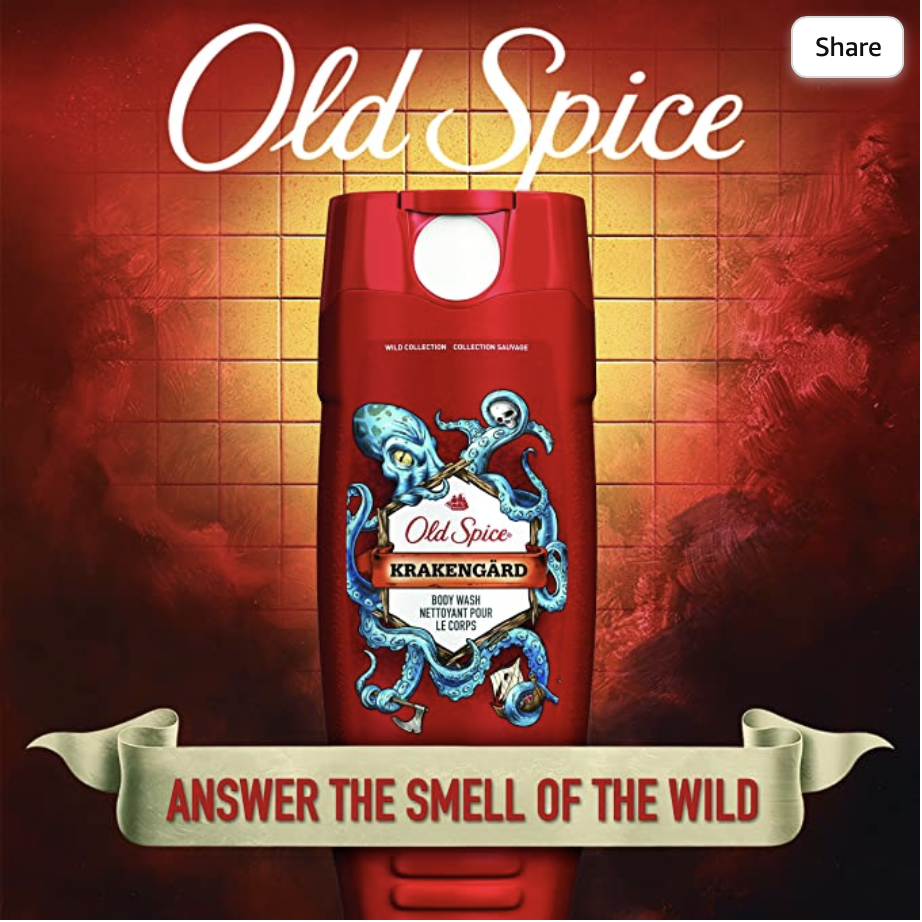

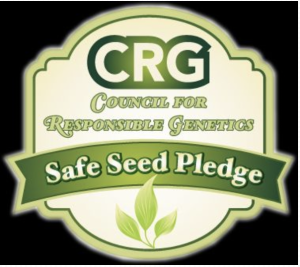


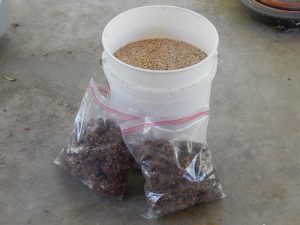
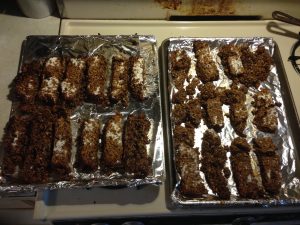
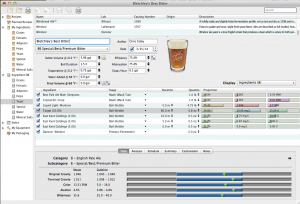
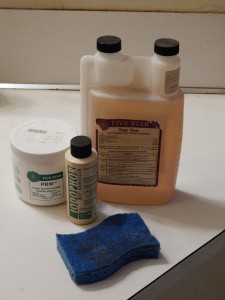


Recent Comments